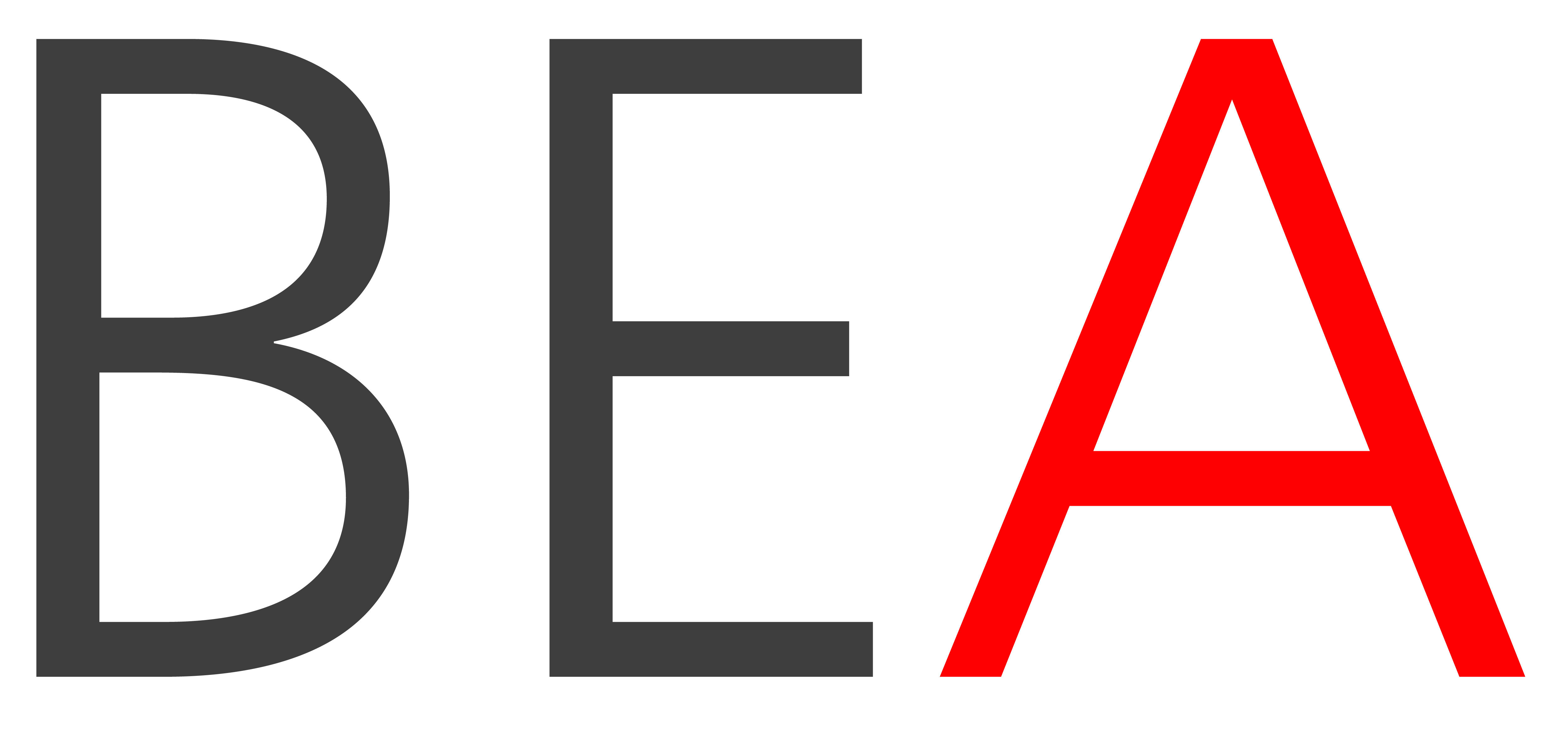Is photography a reflection or construction of reality? Can it be both? Manipulated or Not brings forth the vast array of narrative and formal strategies that eight contemporary Colombian artists working with photography are following to capture, create, alter or interpret their reality.
MANIPULATED OR NOT
There is much more than meets the eye.
Featuring the works of Colombian photographers Mario Arroyave, Luciano Denver, Olga Gabrielle, Max Steven Grossman, Santiago Harker, Jairo Llano, Lorenza Panero and Maritza Wild-Chateau
Is photography a reflection or construction of reality? Can it be both? Manipulated or Not brings forth the vast array of narrative and formal strategies that eight contemporary Colombian artists working with photography are following to capture, create, alter or interpret their reality. While formally and thematically diverse, all the works displayed at Beatriz Esguerra Art challenge our preconceptions of what a constructed or authentic image is or should be.
Notably, the nineteen photographs included in Manipulated or Not present a visual survey of what photography offers as an artistic discipline. They range from documentary-driven pictures to carefully constructed or manipulated compositions and abstract-looking images. For example, inspired by the tradition of travel and landscape photography active since the 19th century, some artists in this show created actual or fictitious records of their voyages. Such is the case of Luciano Denver, who, during the covid lockdown, embarked on an imaginary trip and produced artificially constructed images of remote landscapes from Central and South America. In these works, the human presence is felt through the depiction of motor homes. In contrast, the carefully composed pieces of renowned photographer Santiago Harker document his physical travels through Colombia, while the work of Maritza Wild-Chateau reflects on the authenticity of rural and remote worlds.
Alongside actual or imagined travels, memory is another prevalent topic in this exhibition. Olga Gabrielle, uses photography to document and reinvent ephemeral actions, like her performances, where her body takes center stage. Meanwhile, Max Steven Grossman constructs images that pay tribute to objects or landscapes going extinct, particularly, libraries. In these Bookscapes, he creates the perfect collection of books on a specific subject that one would want to read or own but will never do so for lack of time, funds, or motivation.
Finally, Lorenza Panero, Jairo Llano, and Mario Arroyave experiment with different techniques associated with photography. They are drawn to its formal aspects, leading them to build seemingly abstract artworks. This is evident in Lorenza Panero's work, which experiments with luminography, a camera-less technique. In it, she paints directly on light-sensitive photographic paper with the help of objects that allow or block the passage of light. It is also present in Jairo Llano's laborious photographs that depict intricate compositions of sheets and rolls of paper resulting in spacial and almost architectural compositions. Finally, Mario Arroyave uses photography to capture the passage of time in one instant. He creates a time-lapse by repeatedly photographing his subjects in movement and manually placing them in an empty space. The result is both beautiful and synchronic.
Manipulated or Not presents the countless layers encompassing photographic expressions. Even if photography is a crucial part of our selfie and content-obsessed culture, it is refreshing to observe the creative and transformational potential beneath this medium that can generate new and unexpected worlds. The exhibition at BEA concludes that there is much more to photography than meets the eye…





